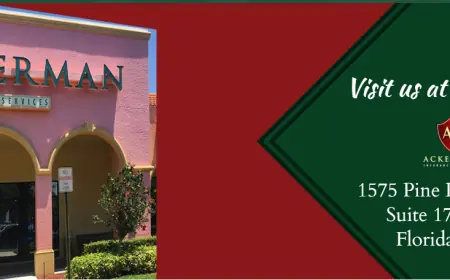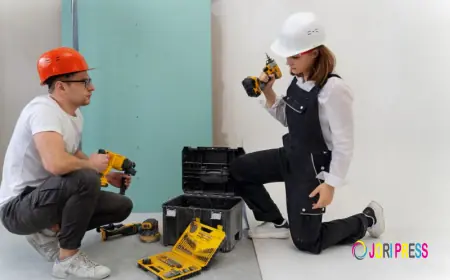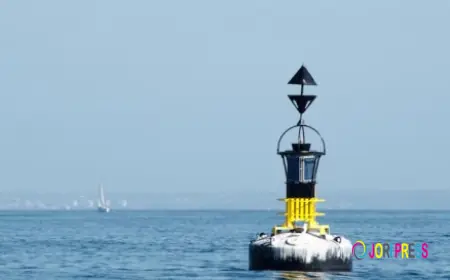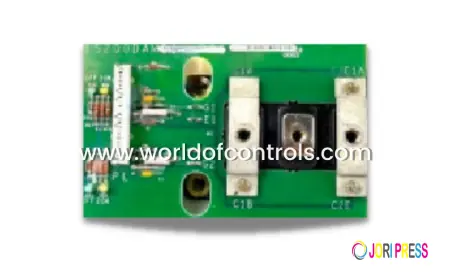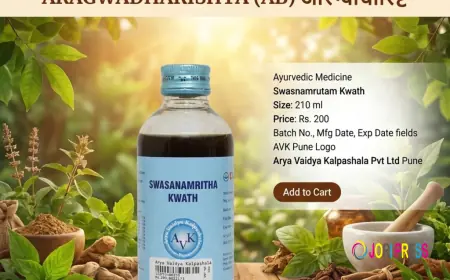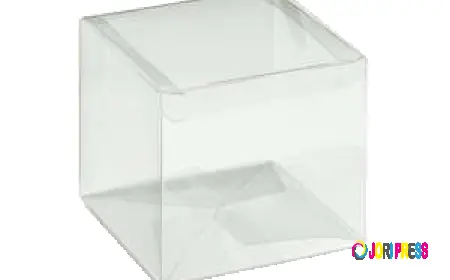What’s the Difference Between Conventional and Modern STP Systems?
key differences between conventional & modern STP systems. Learn efficient sewage treatment solutions for India's urban challenges. Expert insights inside!
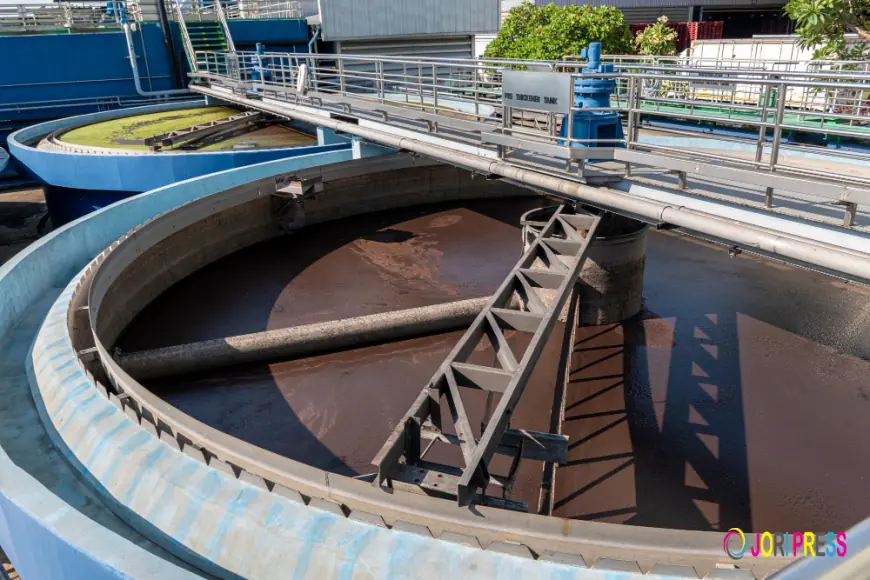
Imagine a bustling Indian city where untreated sewage floods streets, contaminating rivers and groundwater, threatening public health on a massive scale. This nightmare is all too real, with urban India generating over 72,000 million liters of sewage daily, yet only 37% treated effectively, according to the Central Pollution Control Board (CPCB) 2022 report. Reliable sewage treatment solutions have never been more critical. As populations surge and water scarcity intensifies, especially in metro hubs like Mumbai, Delhi, and Bengaluru, advanced systems are demanded to safeguard environments and communities. Conventional methods, once standard, now fall short against modern innovations that promise efficiency, sustainability, and scalability. This article delves into the core differences, empowering you to make informed decisions for residential complexes, industries, or commercial setups. By understanding these distinctions, optimal choices can be made to align with India's stringent pollution norms under the Environment Protection Act. Whether retrofitting an existing plant or planning anew, grasping these evolutions ensures compliance and long-term viability. Let's explore how these systems transform wastewater into reusable assets.
Understanding Conventional STP Systems
Conventional sewage treatment plants (STPs) have long served as foundational sewage treatment solutions in India, relying on time-tested biological and mechanical processes. Wastewater is typically processed through primary, secondary, and tertiary stages, where solids settle, microbes break down organics, and disinfection occurs via chlorination. However, these systems often require vast land areas—up to 1 acre for a 1 MLD plant—and consume significant energy, making them less ideal for urban constraints.
For those seeking expert guidance, partnering with a reputable sewage treatment plant installation company is recommended. Such firms specialize in customizing conventional setups for compliance with CPCB guidelines, ensuring seamless integration in hospitals, hotels, or townships. Despite their reliability, drawbacks like high sludge production and intermittent odors persist, prompting a shift toward advanced alternatives.
Key Features of Modern STP Technologies
Modern STPs represent a leap forward in sewage treatment solutions, incorporating innovations like Membrane Bioreactor (MBR), Sequential Batch Reactors (SBR), and Moving Bed Biofilm Reactors (MBBR). These compact designs achieve superior effluent quality—often meeting or exceeding BOD <10 mg/L and TSS <10 mg/L standards—while reclaiming 80-90% of water for non-potable uses like irrigation or cooling.
Engaging a trusted sewage treatment plant installation company ensures these cutting-edge systems are tailored to site-specific needs, such as high-rise apartments in Chennai or industrial parks in Gujarat. Cost and table comparisons further highlight their edge, with modular builds slashing setup timelines by 50%. Backed by research from the National Institute of Urban Affairs, modern plants reduce operational energy by 40%, aligning with India's Swachh Bharat Mission goals.
How Conventional STPs Work: Step-by-Step Breakdown
Conventional systems follow a multi-stage workflow optimized for large-scale treatment.
- Primary Treatment: Screening and sedimentation remove grit, oils, and large solids, reducing load by 25-35%.
- Secondary Treatment: Activated sludge processes use aeration tanks where bacteria digest organics, clarifying water.
- Tertiary Treatment: Filtration and UV/chlorination eliminate pathogens, producing discharge-ready effluent.
This linear approach, while effective, demands constant monitoring to prevent overflows, common in monsoon-prone regions like Kerala.
Operational Mechanics of Modern STP Systems
Modern STPs streamline processes through automation and hybrid tech for enhanced efficiency.
- Pre-Treatment: Advanced screens and equalizers handle variable flows, preventing clogs.
- Core Biological Treatment: MBBR or SBR uses biofilm carriers or batch cycles for compact, high-rate degradation.
- Advanced polishing: Ultrafiltration membranes and ozonation ensure zero-liquid discharge (ZLD) compliance.
For instance, in Pune's Pimpri-Chinchwad, MBBR plants treat 50 MLD with 70% less space than conventional counterparts, per a 2023 NEERI study.
Comparative Analysis: Conventional vs. Modern STPs
| Aspect | Conventional STPs | Modern STPs (MBR/SBR/MBBR) |
|---|---|---|
| Footprint | Large (0.2-0.5 ha/MLD) | Compact (0.05-0.1 ha/MLD) |
| Energy Consumption | High (0.8-1.2 kWh/m³) | Low (0.4-0.6 kWh/m³) |
| Effluent Quality | BOD: 20-30 mg/L; Reuse limited | BOD: <10 mg/L; High reuse potential |
| Sludge Management | High volume, frequent disposal | Minimal, easier dewatering |
| Scalability | Difficult to expand | Modular, easy upgrades |
| Initial Complexity | Simple mechanics | Tech-heavy, needs skilled operation |
Data sourced from IIT Delhi's wastewater research (2024). Conventional plants suit rural or low-density setups, while modern ones thrive in space-crunched metros.
Advantages of Conventional Systems
Proven over decades, conventional STPs offer:
- Cost-Effective for Basics: Lower upfront tech needs for small communities.
- Robustness: Handles shock loads from industrial effluents in areas like Kanpur's tanneries.
- Ease of Maintenance: Familiar processes trainable for local operators.
However, as per MoEFCC reports, their inefficiency contributes to 70% untreated sewage in smaller towns.
Benefits Driving Adoption of Modern STPs
Modern systems excel with:
- Sustainability: Recycle water amid India's 18% global water stress share (NITI Aayog, 2023).
- Compliance Edge: Meet stricter norms like those in Tamil Nadu's coastal regulations.
- Rapid ROI: Through water reuse, cutting freshwater bills by 60% in Hyderabad IT parks.
Transitioning seamlessly, these innovations minimize downtime via plug-and-play modules.
Challenges and Solutions in Implementation
Conventional STPs face land scarcity and retrofitting hurdles in legacy infrastructure. Modern ones grapple with skilled labor shortages. Solutions include:
- Training Programs: Government-backed certifications viaSkill India.
- Hybrid Models: Combining both for phased upgrades, as seen in Indore's 100% STP coverage model.
Predicting queries like "STP retrofitting in Delhi," hybrid approaches ensure minimal disruption.
Real-World Case Studies from India
In Ahmedabad, a conventional 10 MLD plant was upgraded to SBR, reclaiming 7 MLD for gardening—boosting groundwater recharge by 20%. Bengaluru's 200 MLD MBR facility treats Bellandur Lake inflows, restoring biodiversity per KSPCB data. These examples underscore scalability for user intents like "industrial STP solutions in Karnataka."
Future Trends in Sewage Treatment
Emerging tech like AI-driven monitoring and nanotechnology filters promise zero-waste cycles. India's NAMAMI Gange initiative targets 100% urban STP coverage by 2026, favoring modern sewage treatment solutions. Geo-specific adaptations, such as solar-powered STPs in Rajasthan, address arid challenges.
Conclusion
In summary, while conventional STPs provide reliable basics, modern systems deliver compact, eco-efficient sewage treatment solutions tailored for India's urban boom. Key differences in space, energy, and output quality make modern options indispensable for sustainable development. Effluent reuse not only conserves resources but ensures regulatory adherence. For your next project—be it a township in Noida or factory in Pune—consult experts to evaluate and implement the ideal system. Ready to upgrade? Reach out to a certified sewage treatment plant installation company today and transform wastewater challenges into opportunities.
FAQs
1. Which STP system is best for residential apartments in Mumbai?
Modern MBBR or SBR systems are ideal due to compact footprints and high-rise compatibility, treating 100-500 KLD efficiently while enabling rooftop reuse.
2. How long does STP installation take in India?
Conventional setups require 6-12 months; modern modular plants install in 2-4 months, minimizing operational halts.
3. Can modern STPs achieve zero-liquid discharge?
Yes, with RO and evaporators, ZLD-compliant modern STPs recycle 95%+ water, mandatory for industries in Gujarat and Maharashtra.
4. What maintenance is needed for conventional vs. modern STPs?
Conventional needs daily sludge handling; modern automation reduces it to weekly checks, with remote IoT monitoring for proactive fixes.
5. Are government subsidies available for STP upgrades in India?
Under AMRUT 2.0, subsidies up to 50% support modern retrofits in 500+ cities—verify eligibility via local municipal bodies.
What's Your Reaction?
 Like
0
Like
0
 Dislike
0
Dislike
0
 Love
0
Love
0
 Funny
0
Funny
0
 Angry
0
Angry
0
 Sad
0
Sad
0
 Wow
0
Wow
0
